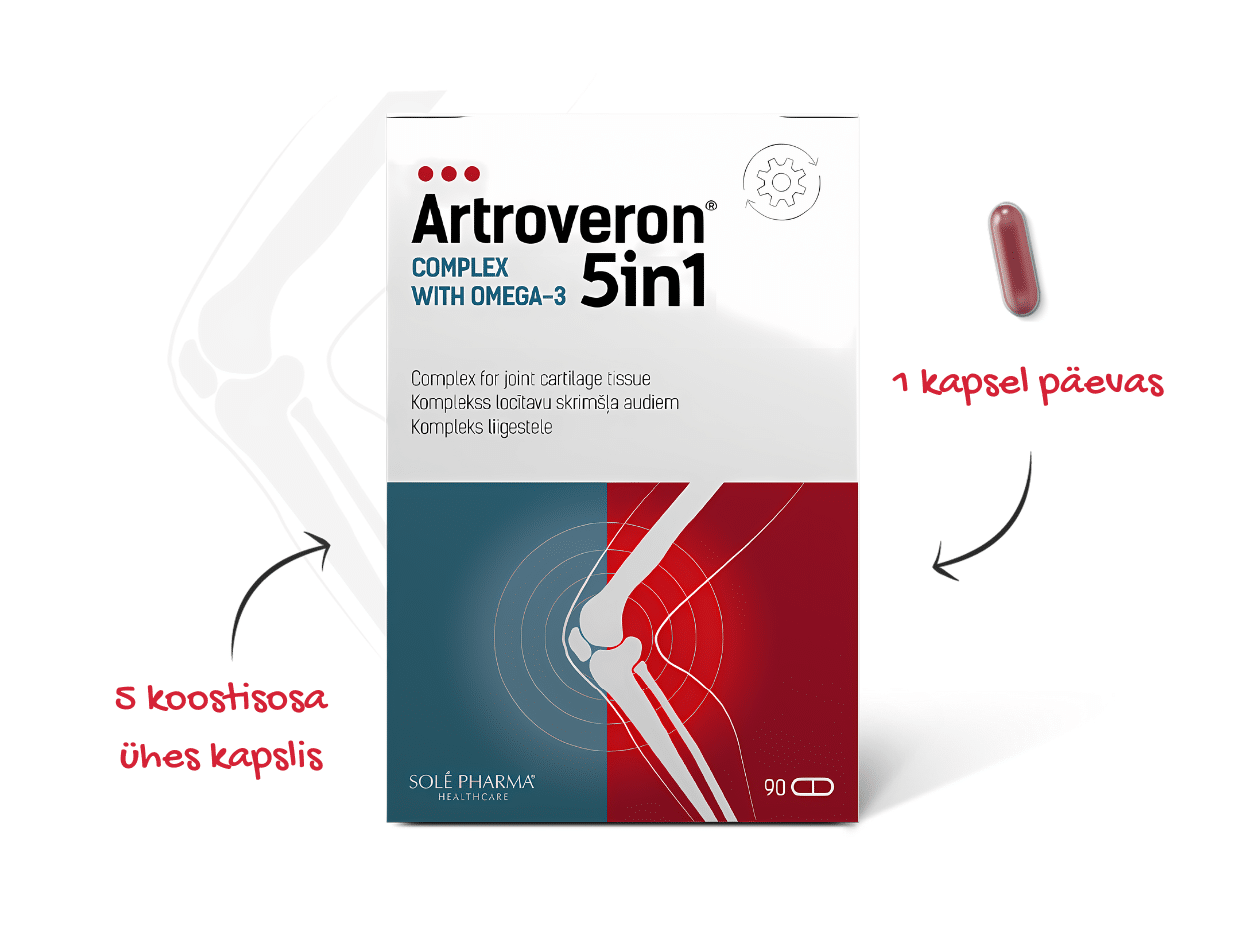Flying can be an exciting adventure, but for many, it also means sitting in cramped conditions for long hours. Often people hesitate to move publicly in front of others, but know that taking care of your health is extremely important. Prolonged immobility can cause joint stiffness, discomfort, and even more serious health problems like deep vein thrombosis (DVT). To prevent these issues, it is important to move during the flight. Here are six exercises you can do in your seat or in the airplane aisle to stay comfortable and healthy without drawing too much attention to yourself.
Moving during the flight is important
Staying active during the flight is essential to maintaining good circulation and avoiding joint stiffness. Prolonged inactivity can increase the risk of blood clots, especially in the legs, known as DVT. Additionally, sitting for too long can cause muscle stiffness and joint discomfort, making your trip more difficult after arrival. Adding simple exercises to your flight routine can significantly improve your well-being.
Discreet exercises you can do while sitting on the plane
Ankle circles
Do the exercise as follows:
Sit up straight, keep your feet on the floor.
Lift one foot slightly off the ground.
Rotate your ankle in a circular motion, both clockwise and counterclockwise.
Do this for about 30 seconds, then switch feet.
This exercise helps improve circulation in your lower limbs and prevent ankle stiffness.
Seated marching
Sit with your back against the chair, feet on the floor.
Raise one knee to your chest as high as is comfortable.
Lower your leg and repeat with the other knee.
Continue alternating legs for about 30 seconds.
Seated marching keeps your leg muscles active and promotes better circulation.
Neck stretches
Sit up straight and gently tilt your head to one shoulder.
Hold the stretch for about 10-15 seconds.
Slowly move your head back and repeat on the other side.
These stretches help relieve tension in the neck and shoulders, reducing stiffness and discomfort.
Shoulder circles
Sit or stand up straight, arms relaxed at your sides.
Raise your shoulders up and move them in a circular motion.
Repeat the motion 10 times, then change direction and circle forward.
Shoulder circles help relieve tension in the shoulder area and improve upper body circulation.
Effective aisle exercises
Heel raises
Stand in the aisle, holding onto seats for balance if necessary.
Lift your heels off the ground, standing on your toes.
Hold the position for a few seconds, then slowly lower your heels back down.
Rise onto your toes again and repeat the exercise 10-15 times.
Heel raises improve circulation in your legs and strengthen calf muscles.
Hamstring stretches
Stand in the aisle, left leg slightly in front.
Keeping your back straight, lean forward slightly from your hips, reaching towards the front leg.
Hold the stretch for about 15-20 seconds, then return to the starting position.
Switch legs and repeat the exercise with the right leg in front.
This stretch helps maintain hamstring flexibility and relieve lower back pain.
Tips for performing exercises discreetly during the flight
To perform exercises without drawing too much attention, try doing them during quieter moments of the flight, such as when the lights are dimmed or when others are sleeping. Move slowly and smoothly to avoid attracting attention, and use restroom breaks as an opportunity to stretch in the aisle.
Staying active during the flight is extremely important for maintaining your comfort and health. Adding these simple exercises can help prevent stiffness, improve circulation, and arrive at your destination feeling refreshed. Remember to listen to your body and move regularly throughout the trip. Don’t be afraid to move – your joints and health will thank you! In addition to physical activity, it’s important to also remember mental health. Use the flight as an opportunity for meditation, breathing exercises, or simply focusing on yourself and your thoughts. You can also bring a book or listen to calming music to relax and relieve tension.
Flights can be long and tiring, but with the right approach, you can effectively maintain your comfort and health. Follow these tips to ensure a pleasant and enjoyable flight and arrive at your destination energetic and happy!
Frequently Asked Questions
How often should I do these exercises on long flights?
It is recommended to do these exercises every 30-60 minutes to maintain good circulation and avoid joint stiffness.
Are there any exercises I should avoid on the plane?
Avoid exercises that require excessive movement or may disturb other passengers. Focus on discreet and low-impact movements that you can do quietly.
Is it advisable to exercise before the flight starts?
Exercising before the flight starts is definitely recommended for several reasons. First, regular physical activity helps keep the body and mind in good shape, which is especially important for longer trips. Physical preparation can help reduce travel stress and increase energy levels, allowing you to enjoy the trip to the fullest.
Should I exercise between flights as well?
Yes, exercising after the flight and between flights is beneficial for the body. Long flights can be exhausting for both the body and mind, and regular movement helps alleviate many discomforts associated with prolonged sitting. Find a quiet place at the airport where you can stretch and relax your tense body between flights.
What should I bring to support my neck on a long flight?
For neck support on a long flight, it is recommended to bring a quality neck pillow that helps keep the neck in the correct position and reduce tension. Additionally, a light yet supportive lumbar pillow can be helpful to provide extra support for the lower back and improve overall comfort. You can also use a soft scarf to wrap around your neck for added support and warmth if needed.
How much water should I drink during the flight?
It is very important to keep the body well-hydrated, as the dry air in the plane can quickly cause dehydration. The general recommendation is to drink at least 240 ml of water every hour during the flight. For example, if your flight lasts 8 hours, your goal should be to consume at least 2 liters of water throughout the trip. Also, be aware that excessive consumption of alcohol and caffeine can increase the risk of dehydration.

